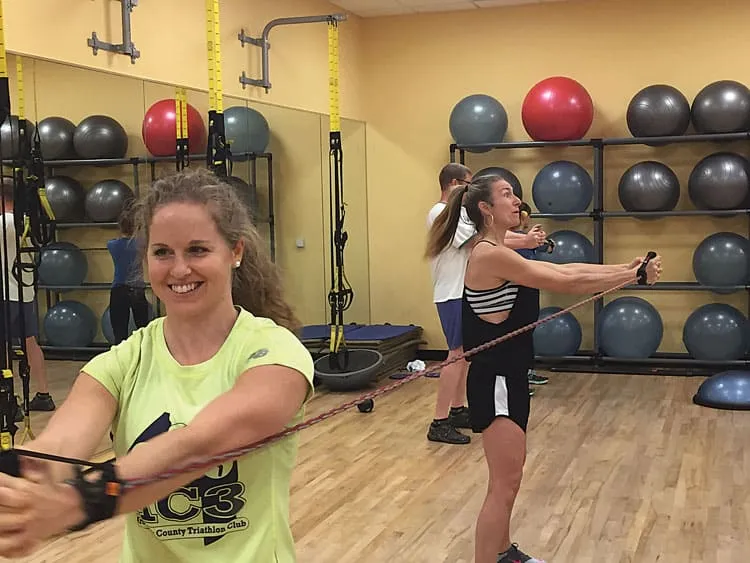Ski conditioning can help avoid injuries

The snow’s flying, and you’re at your desk dreaming of the slopes, but are you in good enough condition to catch big air, or are you going to bono (ski full speed into a tree)? Are you a going to pack (slam hard), or daffy (pull off an aerial with one ski forward)? What if all that sitting has broken your ability to use your skis, and now you’re just another lift licker (a kid who freezes his/her tongues to the chairlift), and you have to stick with the snow toys, (devices used for gliding on snow by…
THIS ARTICLE IS FOR SUBSCRIBERS ONLY
Continue reading for less than $3 per week!
Get a month of award-winning local business news, trends and insights
Access award-winning content today!
